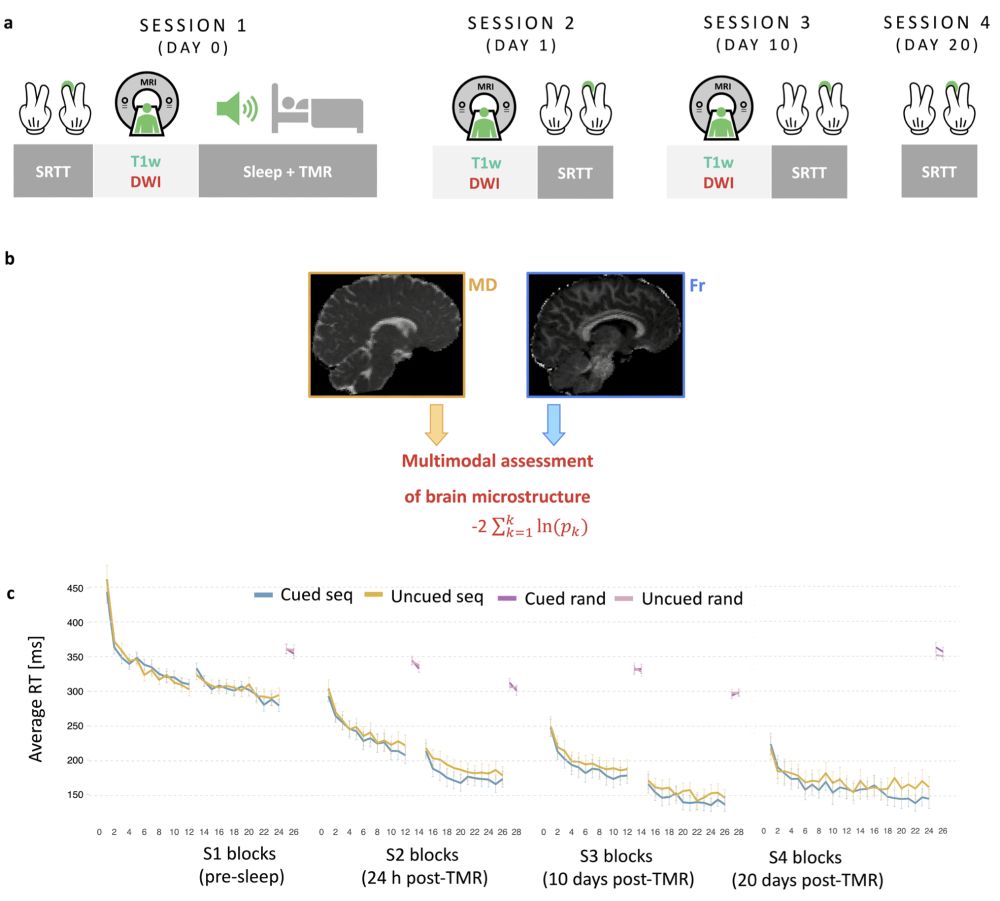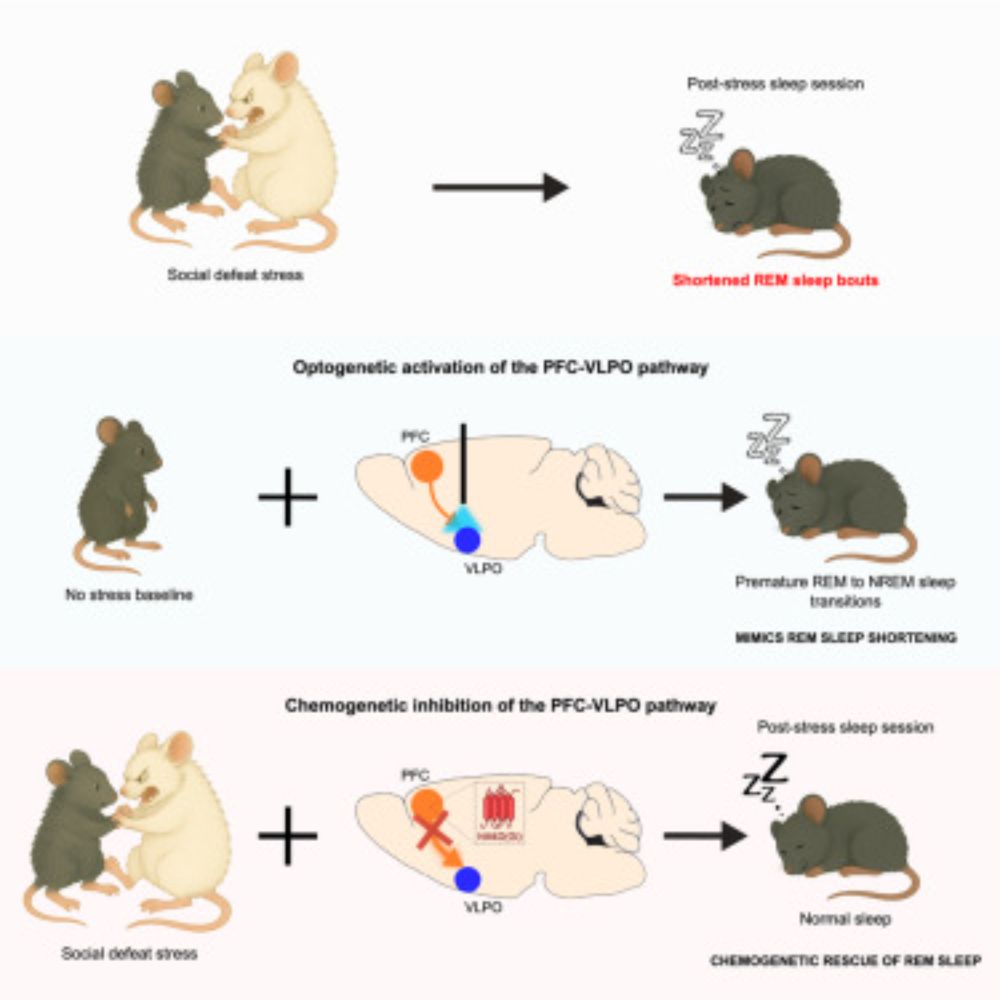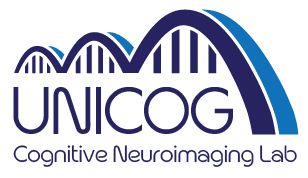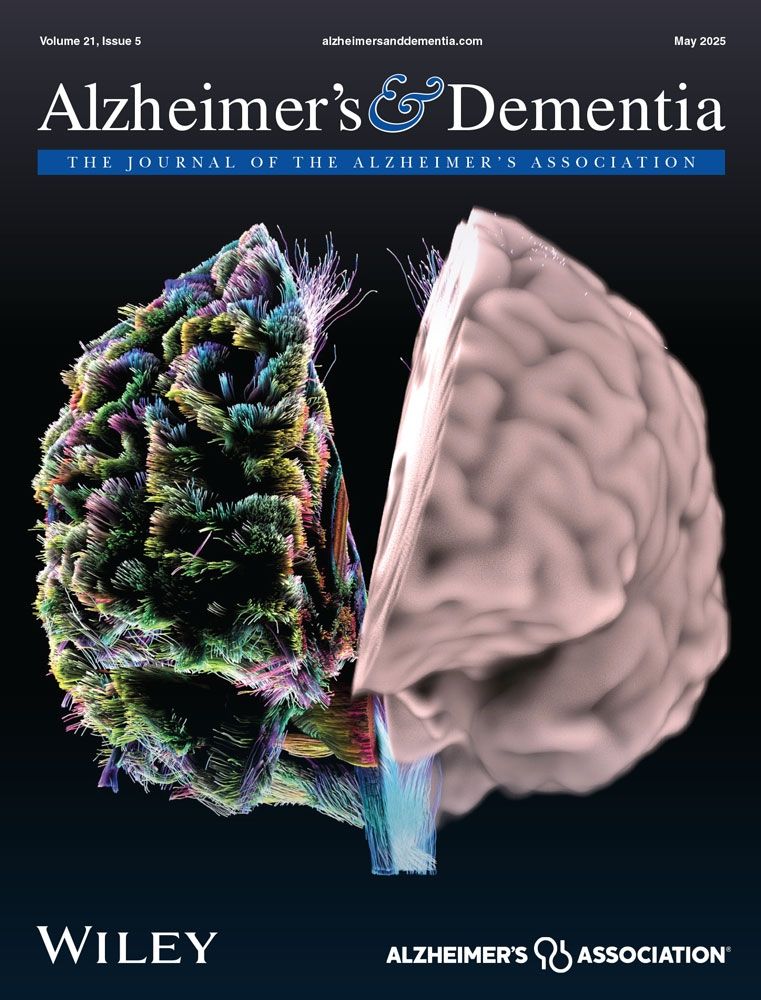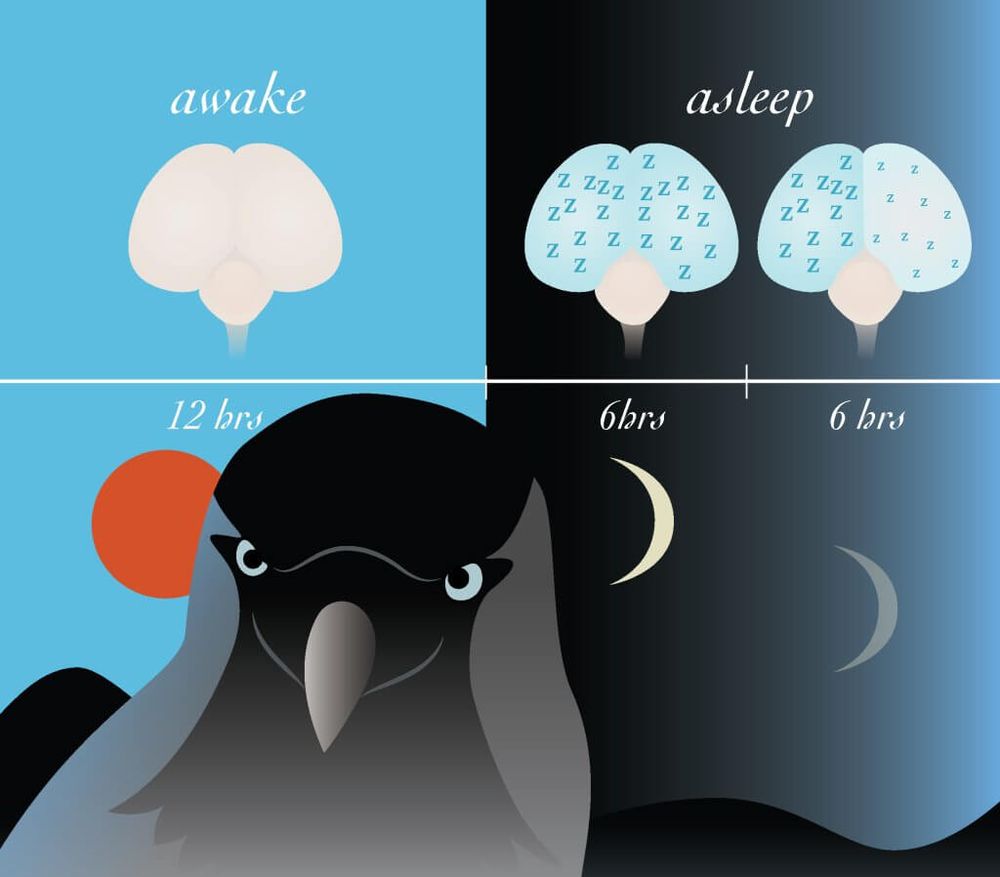Pierre Champetier
@champetier-pierre.bsky.social
160 followers
160 following
31 posts
Post-doc at the Paris Brain Institute (ICM) with Thomas Andrillon and Delphine Oudiette.
Interested in sleep, infraslow oscillations, ageing, Alzheimer, memory, spindles, slow waves...
Posts
Media
Videos
Starter Packs
Reposted by Pierre Champetier
Reposted by Pierre Champetier
Omer Sharon
@omersharon.bsky.social
· Aug 23

REM Sleep Misfires: Intruding Delta Waves Forecast Tau, Amyloid, and Forgetting in Aging
Rapid Eye Movement (REM) sleep degrades with age, and more severely in Alzheimer's disease (AD). REM sleep comprises about twenty percent of adult sleep, alternates between phasic and tonic periods, a...
doi.org
Reposted by Pierre Champetier
Reposted by Pierre Champetier
Reposted by Pierre Champetier
Sophia Snipes
@snipeso.bsky.social
· Jun 26

Iota oscillations (25–35 Hz) during wake and REM sleep in children and young adults | Journal of Neurophysiology | American Physiological Society
High-frequency brain oscillations in humans are currently categorized into beta (13–30 Hz) and gamma (>30 Hz). Here, I introduce a new class of oscillations between 25 and 35 Hz, which I propose to call “iota.” Iota oscillations have low amplitudes but can still be measured with surface electroencephalography (EEG). Within an individual, iota activity has a narrow spectral bandwidth typically less than 3 Hz, thus distinguishing it from broadband beta and gamma. Iota oscillations occur in sustained bursts during both wakefulness and rapid eye movement (REM) sleep. They are only found in a subset of individuals, more in children than in adults. Overall, iota oscillations are challenging to detect but could serve as a marker of both brain development and states of vigilance. NEW & NOTEWORTHY Electrical brain waves are some of the only neuronal signals that can be measured noninvasively in humans. Until now, only six classes of waves have been identified. Here I introduce a new class, iota, specific to wakefulness and rapid eye movement (REM) sleep. This makes iota just the second class of brain wave known to characterize REM sleep (after theta), and opens up new opportunities to investigate this elusive state.
journals.physiology.org
Reposted by Pierre Champetier
Seth Blackshaw
@sethblackshaw.bsky.social
· Jun 19
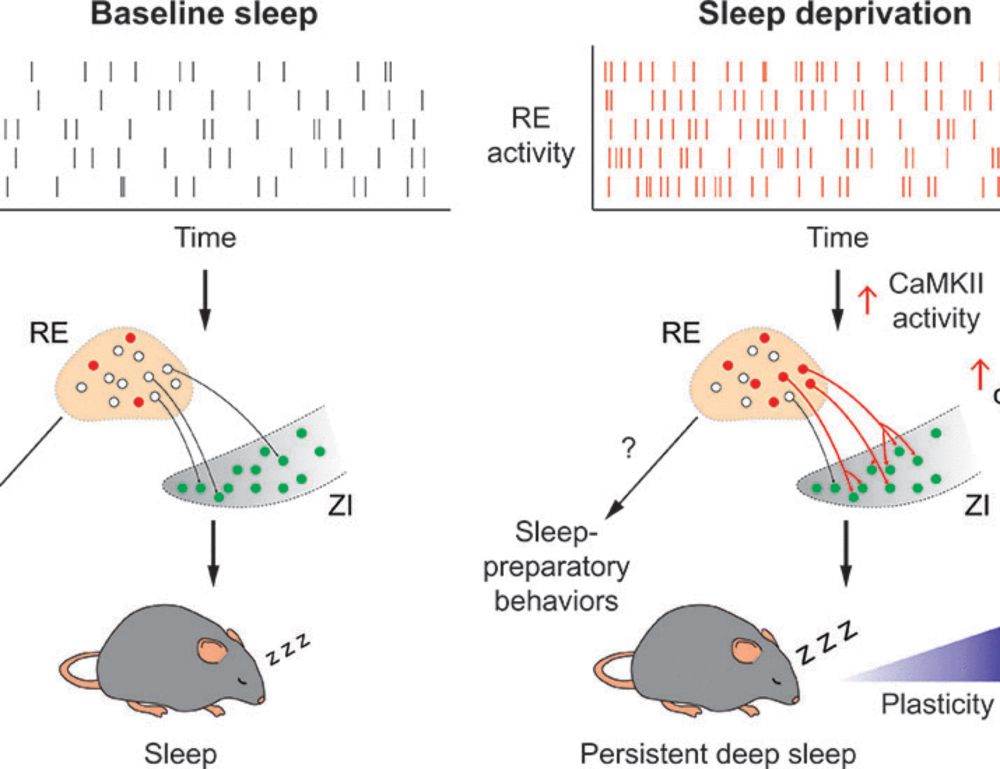
Sleep need–dependent plasticity of a thalamic circuit promotes homeostatic recovery sleep
Prolonged wakefulness leads to persistent, deep recovery sleep (RS). However, the neuronal circuits that mediate this process remain elusive. From a circuit screen in mice, we identified a group of th...
www.science.org
Reposted by Pierre Champetier
Delphine Oudiette
@oudietted.bsky.social
· Jun 20
Reposted by Pierre Champetier
Scott Cairney
@sacairney.bsky.social
· May 13
Reposted by Pierre Champetier
Reposted by Pierre Champetier
Reposted by Pierre Champetier


